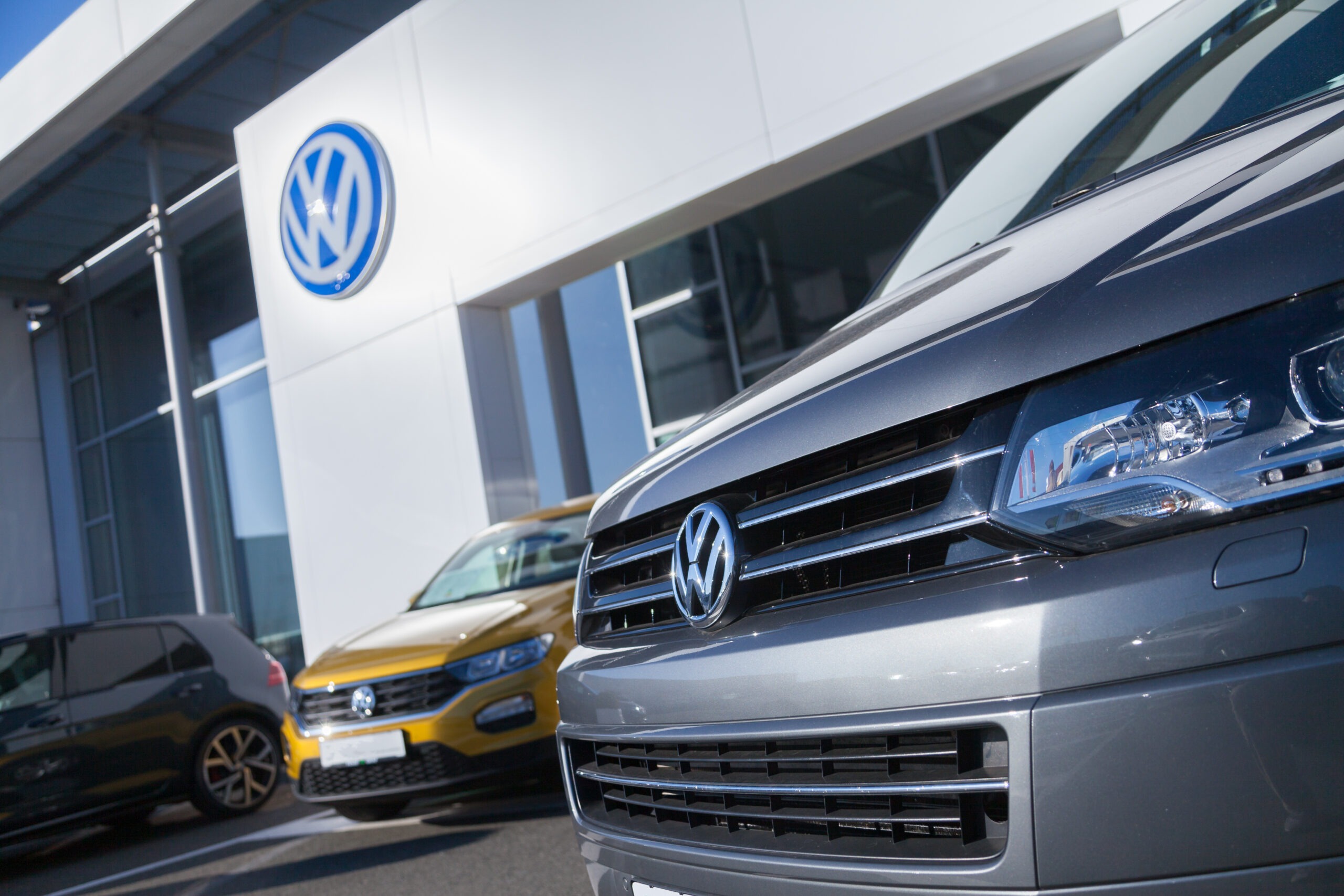
Understanding Car Lease Insurance Requirements
When leasing a vehicle, understanding insurance requirements is crucial to ensure you meet all necessary conditions and protect your investment. Car lease insurance requirements can differ from those for owned vehicles, and knowing what’s needed can help you avoid penalties and ensure your lease experience is smooth. This guide provides insights into the insurance considerations for leased vehicles.
Insurance Considerations for Leased Vehicles
- Mandatory Coverage
Leased vehicles typically require higher levels of insurance coverage compared to owned cars. This usually includes:
– Comprehensive Coverage: Covers damage to your vehicle from non-collision events such as theft, vandalism, and natural disasters.
– Collision Coverage: Covers damage to your vehicle resulting from a collision, regardless of fault.
– Liability Coverage: Provides protection if you cause injury or property damage to others. Leasing companies often require higher liability limits than the minimum state requirements.
Comprehensive and collision coverage are essential to protect the leasing company’s asset, ensuring that any damage to the vehicle can be repaired or the vehicle can be replaced. Higher liability limits protect both you and the leasing company from significant financial loss in case of a serious accident.
- Gap Insurance
Gap insurance is highly recommended for leased vehicles. It covers the difference between the car’s actual cash value (ACV) and the remaining lease balance if the vehicle is totalled in an accident. Without gap insurance, you might be responsible for paying off the lease balance even if your car is no longer drivable.
For example, if you lease a car worth $30,000 and it’s totalled in an accident after a year, its ACV might drop to $20,000. If you still owe $25,000 on the lease, gap insurance will cover the $5,000 difference, preventing you from having to pay out-of-pocket for a car you can no longer use.
- Deductible Limits
Check with your leasing company regarding deductible limits. Some leases have specific requirements for deductible amounts. Ensure your insurance policy complies with these limits to avoid potential out-of-pocket expenses if you need to make a claim.
For instance, if your lease agreement specifies a maximum deductible of $500 but your insurance policy has a $1,000 deductible, you’ll need to adjust your policy to comply. Failing to do so could result in additional costs or even breach of your lease agreement.
- Mileage and Wear and Tear Coverage
While insurance generally covers damage from accidents and theft, it’s also important to consider mileage and wear-and-tear protection. Insurance policies typically do not cover excessive wear and tear or mileage beyond what is specified in your lease agreement. Look for additional protection plans that can cover minor damages and excess mileage if needed.
Excessive wear and tear could include things like significant upholstery stains, dents, or scratches beyond normal use. Additional protection plans, often offered by leasing companies, can help cover these costs, ensuring you don’t face unexpected charges at the end of your lease.
- Insurance Policy Requirements
Review your lease agreement carefully for specific insurance policy requirements. Leasing companies often have their own criteria regarding coverage limits, deductibles, and additional coverage options. Ensure your policy meets these requirements to avoid any issues during the lease term.
Each leasing company may have different requirements, so it’s crucial to read and understand your lease agreement. If you have questions, don’t hesitate to ask your leasing agent for clarification. Meeting these requirements is necessary to avoid any potential violations of your lease terms.
- Choosing an Insurance Provider
Selecting the right insurance provider can impact your overall leasing experience. Look for insurers who offer comprehensive coverage options, competitive rates, and strong customer service. Compare quotes from multiple providers to find the best deal that meets your leasing and coverage needs.
When evaluating insurance providers, consider factors such as:
– Reputation: Check customer reviews and ratings.
– Financial Stability: Ensure the provider has a strong financial standing.
– Customer Service: Look for responsive and helpful customer service.
- Regular Policy Reviews
Regularly review your insurance policy to ensure it continues to meet lease requirements and adequately covers your vehicle. Adjust your coverage as needed if your lease terms change or if you need to update your policy based on new information or changes in your circumstances.
Life changes, such as moving to a new area or changes in your driving habits, may necessitate adjustments to your insurance policy. Regular reviews help ensure you maintain adequate protection throughout your lease term.
Check Out Our Insurance-Inclusive Lease Deals
For convenience and peace of mind, explore our lease deals that include insurance options. We offer a range of deals that can provide comprehensive coverage tailored to leased vehicles, ensuring you meet all requirements and enjoy a worry-free leasing experience.
Our insurance-inclusive lease deals bundle the necessary coverage into your lease payment, simplifying the process and ensuring you have the required protection from the start. This approach can save you time and effort in shopping for separate insurance policies and help you avoid potential compliance issues.
Conclusion
Understanding and meeting insurance requirements for leased vehicles is essential for protecting yourself and your car. By ensuring you have the right coverage, including gap insurance and meeting deductible limits, you can enjoy your lease without unexpected costs or complications. Visit our site to explore insurance-inclusive lease deals and find the best options for your needs.
Leasing a car offers many advantages, but it’s crucial to understand the insurance requirements to ensure a smooth and worry-free experience. With the right coverage, you can protect your investment and enjoy the benefits of driving a new vehicle without the long-term commitment of ownership. Whether you’re new to leasing or an experienced lessee, taking the time to understand and meet these requirements will help you make the most of your lease and avoid any potential pitfalls.









